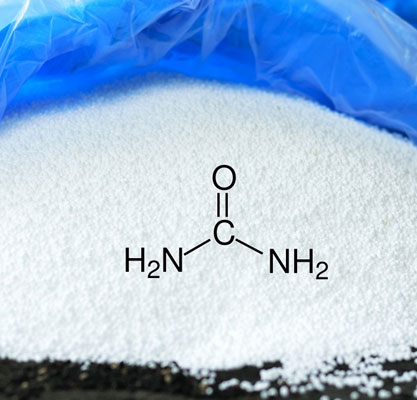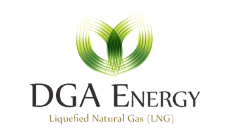Urea Supply
Urea supply represents a critical component of the global agricultural landscape, playing a central role in providing essential nutrients for plant growth and crop development. Urea, a nitrogen-rich fertilizer, is widely utilized in agriculture to enhance soil fertility and maximize crop yields. The urea supply chain encompasses the production, distribution, and utilization of this vital agricultural input.
Production of urea typically occurs in large-scale facilities where ammonia and carbon dioxide react to form urea through a process known as the Haber-Bosch synthesis. The resulting urea, in granular or prilled form, is a concentrated source of nitrogen, a key nutrient essential for the synthesis of proteins and enzymes in plants. As a cost-effective and versatile fertilizer, urea addresses the nutritional needs of a variety of crops, contributing significantly to global food production.
The distribution of urea involves an intricate supply chain that transports the fertilizer from manufacturing facilities to agricultural regions. This process may involve shipping, rail transport, or trucking, depending on the geographical location of production and the end-users. Effective logistics are crucial to ensure a timely and reliable supply of urea to farmers, especially during critical periods like planting seasons.


Farmers apply urea to fields through various methods, such as broadcasting, side-dressing, or incorporating it into the soil. The controlled release of nitrogen from urea supports plant growth and development, promoting healthier crops and higher yields. However, precise application techniques and proper management practices are essential to prevent issues such as nitrogen runoff, which can have environmental implications.
Global demand for urea is influenced by factors such as population growth, changing dietary patterns, and the need to enhance agricultural productivity. As a result, the urea supply chain is subject to market dynamics and geopolitical factors that can impact both production costs and pricing.
Urea supply is intricately linked to the broader agricultural industry’s goals of achieving food security and sustainable farming practices. As the world grapples with the challenges of feeding a growing population, the reliable production and distribution of urea remain integral to supporting global agricultural endeavors and ensuring a stable food supply for generations to come.



